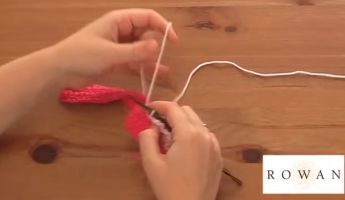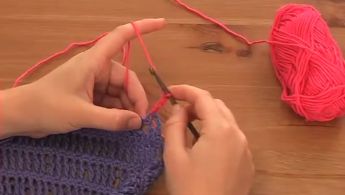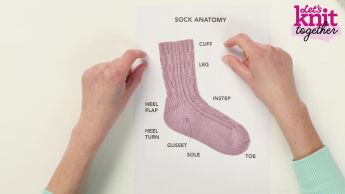How to: work eyelets (yfwd/yrn)
video by
Let's Knit Together
- Overview
- Practical Guides
Eyelets are useful in creating holes for edgings, drawstrings and lace patterns. The yarn forward (yfwd) is used between two knit stitches, and a yarn round needle (yrn) between two purl stitches.
If the pattern only specifies ‘yo’ (yarn over), look at the stitches on either side to decide if you need a yfwd, yrn, or yon.
It’s so easy to create eyelets with yfwd or yrn stitches that lace patterns need not be avoided. A gap is formed by laying a loop around the right-hand needle, then carrying on with the next stitch. A yfwd (yarn forward) is made between two knit stitches, simply bring the yarn up between the needle tips and over the right-hand needle so that it ends up at the back again, ready for the next stitch. After the next knit stitch, you’ll see the stretched loop and gap underneath from the yfwd. On the next row, simply treat this loop like a stitch or directed by your pattern. A yrn (yarn round needle) is usually formed between two purl stitches. Here the yarn is already at the front, so lay it over the right-hand needle to go to the back, then bring it through the needle tips for it end up at the front again, ready for the next stitch. After the next purl stitch, you’ll see the stretched loop and space under from the yrn. On the next row, simply treat this loop like a stitch or directed by your pattern. While an eyelet creates a hole, it also adds a stitch that will widen your piece of knitting, so if you are working a straight-sided section in a pattern, expect to use decreasing stitches as well to maintain the stitch count. You can also work a yrn after a knit stitch and before a purl stitch, where it may be called a ‘yo’. Take care not to confuse it with a ‘yon’, however, which is after a purl stitch but before a knit stitch. As ever, read your pattern carefully before you start, so you know what to expect.












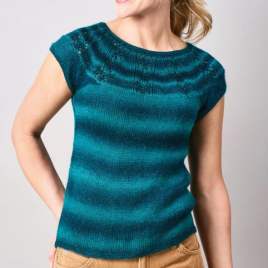







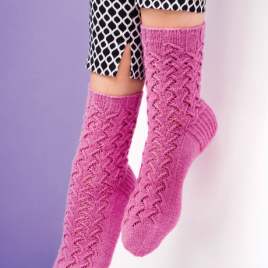















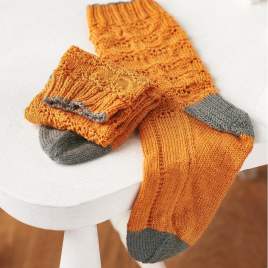
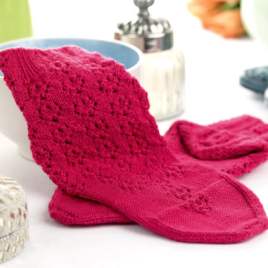


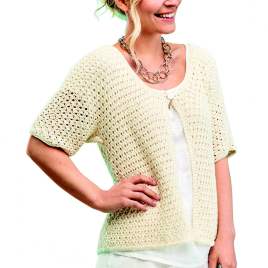






















_268_268_64_c1.jpg)






















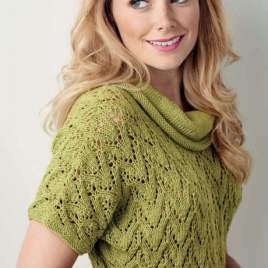














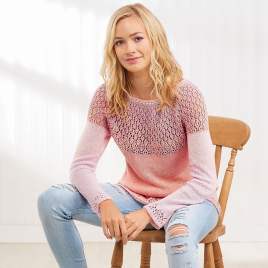

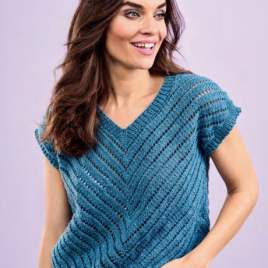















_268_268_64_c1.jpg)










